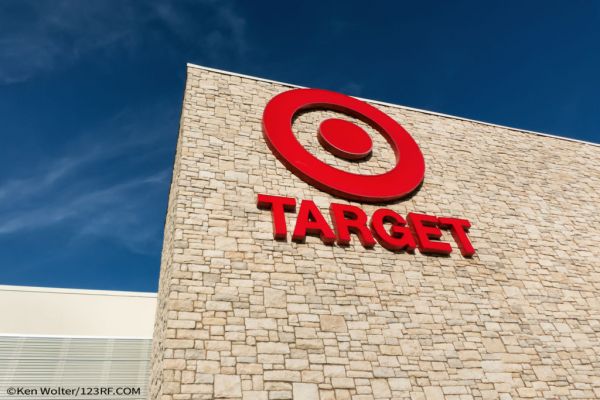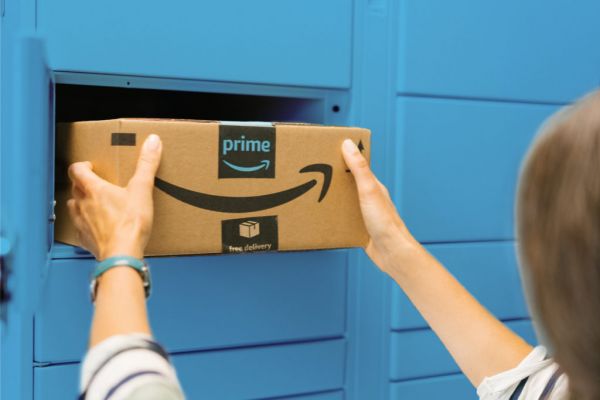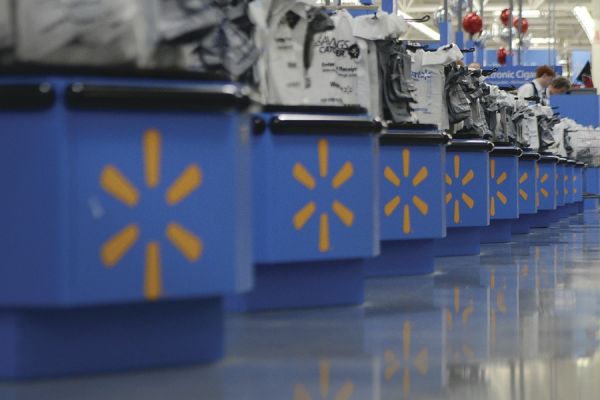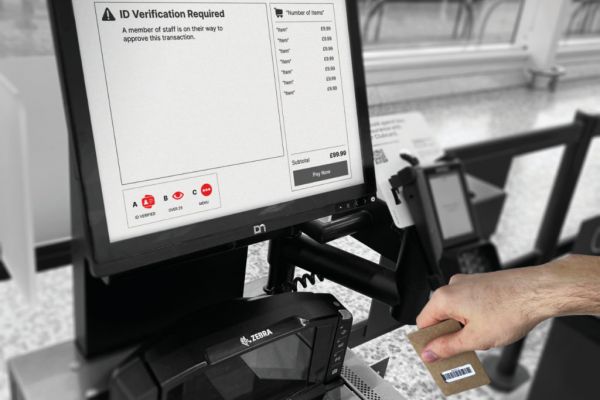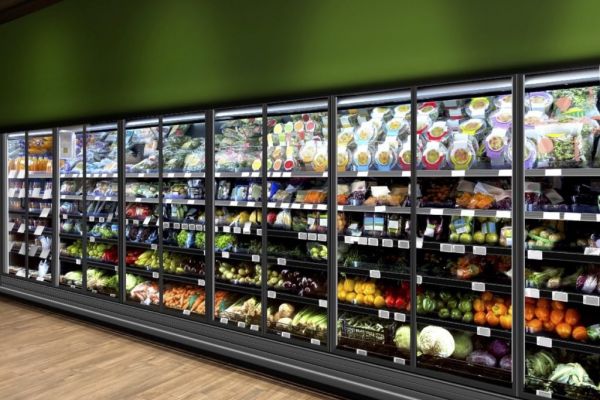Berkshire Hathaway Inc.-backed Nebraska Furniture Mart used to dispatch an army of employees each morning to update printed price labels throughout its stores, a time-consuming effort to maintain its pledge to offer the lowest prices on televisions, dishwashers, sofas and flooring.
Following a big investment in digital displays, one person can now quickly update the chain’s prices on thousands of products in multiple locations to beat the latest offers from Home Depot, Sears and other competitors. Similar devices are in use at almost 1,200 Kohl’s stores nationwide, as well as U.S. Department of Defense commissaries.
The expanded use of electronic shelf labels, which gained popularity in Europe over the past decade, shows the latest way online shopping is changing the in-store experience. Retailers are adapting to smartphone-toting shoppers who “showroom,” or scan Amazon.com Inc. and other websites to compare prices.
“If we have a TV for $1,200 and Amazon has it for $900, customers are going to say, what the heck, your prices are not the lowest,” said David Bash, chief information officer at Nebraska Furniture Mart, which was founded in 1937 and now has four stores in Nebraska, Kansas, Iowa and Texas. “These electronic shelf tags are not just here to look pretty. They’re here to make sure you get the best deal.”
Regulators enforcing price integrity - making sure the amount displayed matches what the customer is charged at the register - helped electronic shelf labels gain popularity in Europe, said Gary Glaser, who directs U.S. sales for Pricer AB, the Stockholm-based market leader in digital pricing displays. In the U.S., pressure to compete with online marketplaces that have more frequent price changes is forcing retailers to reconsider investing in the technology few have so far embraced.
Pricer’s U.S. sales almost tripled to $11.6 million in the first quarter from the previous year. The region generated about 8 per cent of the company’s quarterly revenue, an increase from 4 per cent a year earlier.
Equipment Costs
It’s a big investment. While shelf displays start at only about $5 each, the cost of outfitting a single store can top six figures for big-box retailers that carry tens of thousands of products in each location. Pricer’s U.S. business has been mostly with furniture, wine and book retailers.
“This is not an inexpensive solution,” Glaser said. “It’s starting to gain a lot more interest. Over the next year or two, you’ll see a lot more retailers rolling them out.”
In addition to enabling retailers to quickly change prices, the displays can be integrated with smartphone applications to help customers navigate a store or trigger the price display to flash as the customer approaches an item.
No Boundaries
Electronic shelf labels show how the lines continue to blur between shopping online and in a store as retailers embrace both “bricks and clicks” to compete with Amazon.
Traditionally, stores set prices at particular points for different product categories, often ending in 99 cents to convey a bargain or to squeeze every last cent out of a transaction from time-strapped shoppers who don’t pay attention to the final digits in a price.
Amazon, EBay Inc. and other online marketplaces allow shoppers to see side-by-side prices for the same product from multiple merchants. Merchants use price-changing algorithms to beat the nearest competitor online for top search placement.
As smartphone showrooming forces retailers to change prices more frequently, more chains may be encouraged to invest in digital displays.
‘Perfect Market’
“The gap between online prices and in-store prices is not going to hold,’ said Victor Rosenman, chief executive officer of Feedvisor Ltd., which uses algorithms to help online merchants set prices. ‘‘We will get closer to a perfect market condition where the seller doesn’t make much profit and the buyer gets a good price.”
Pricer’s biggest U.S. customer is the Department of Defense. The DoD started experimenting with electronic shelf labels nearly 20 years ago and recently finished installing them in all 180 military commissaries in the country, said Kevin Robinson, spokesman for the Defense Commissary Agency.
The digital displays eliminate pricing discrepancies at the checkout counter, reducing customer complaints, returns and cancellations at checkout, Robinson said.
“With electronic shelf labels, stores can shift employees to customer service during peak sales periods from the labor- intensive chore of posting thousands of price changes, usually done by hand at night,” Robinson said. “Large stores can average 5,000 to 6,000 price changes per month. The system can bring price changes to the floor much faster - at the rate of 3,000 per hour.”
Kohl’s Effort
Kohl’s Corp. started using electronic price displays in 2010 and expanded them to all its stores by the end of 2012, which helped save on payroll and boost profit margins at its 1,164 locations. Kohl’s bought its displays from San Jose, California-based Altierre Corp., a private company that received $21 million last year from San Francisco private equity firm Stratim Capital.
Altierre estimates that most retailers achieve a return on their investment within 12 months to 18 months.
The labels still have limitations in the brick-and-mortar setting. For instance, Nebraska Furniture Mart limits price changes to one per day before the store opens, with some exceptions, so customers don’t grab an item off the shelf and have the price change during their walk to the cash register, Bash said.
“I know Amazon makes price changes all day long, but that would drive our customers nuts,” Bash said. “At 10 a.m. when the store opens, we are the lowest price in our categories. At 10:05 we can’t guarantee that.”
News by Bloomberg, edited by ESM

